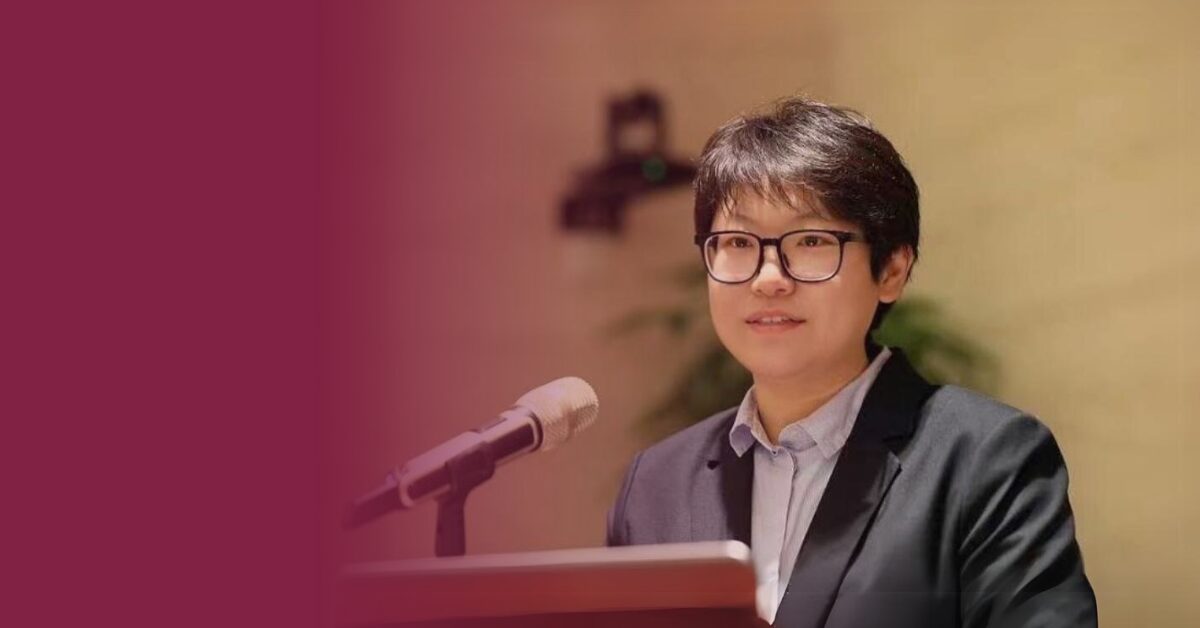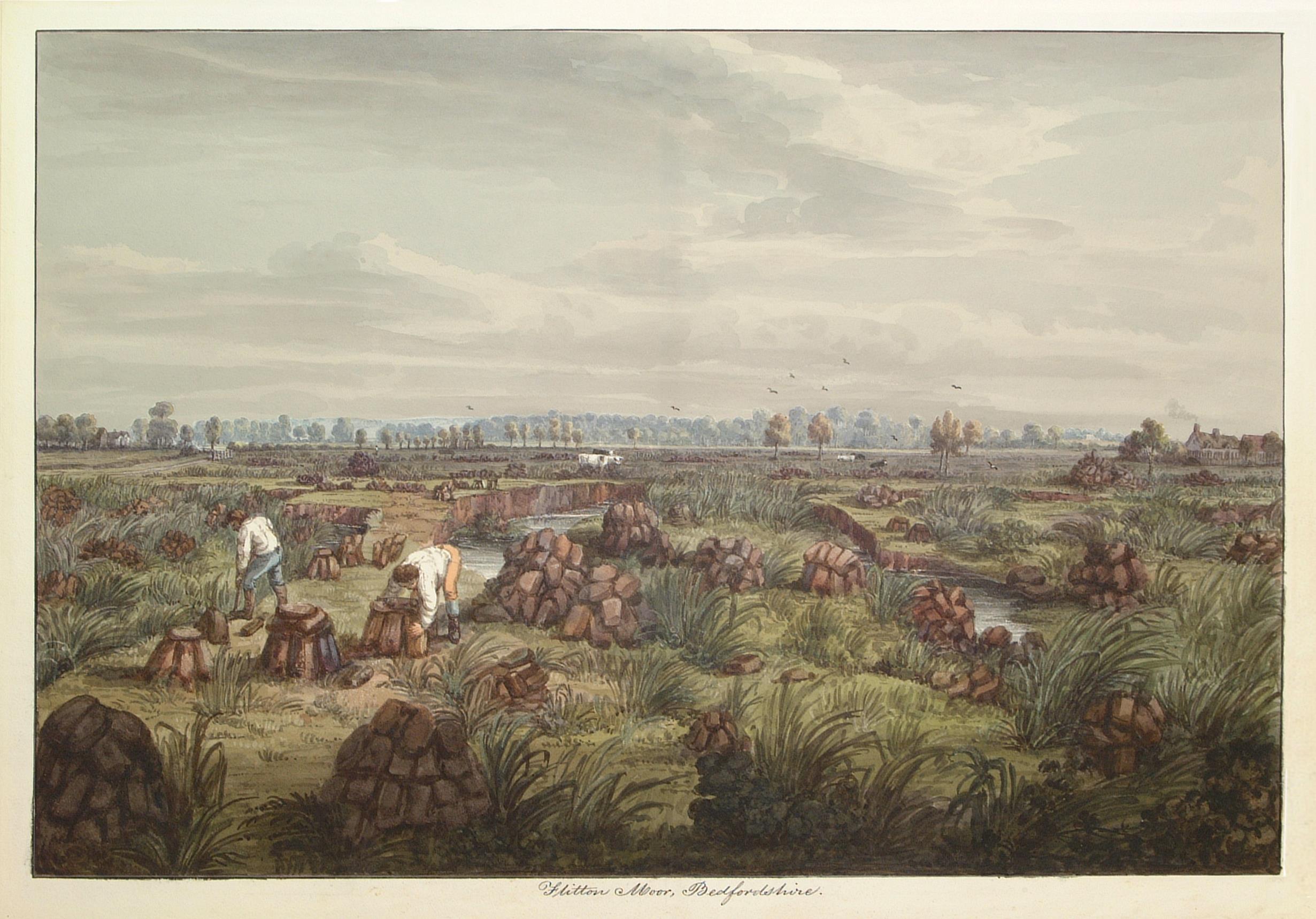Cranfield and Exeter’s journey to Esrange Space Center in Sweden for the BAMMsat project
28/02/2020

Header image: A beautiful aurora for our last day at Esrange.
We are a team BoB (BAMMsat-on-BEXUS). Thanks to the REXUS/BEXUS programme, we will be launching a version of Cranfield bioCubeSat programme called BAMMsat. Thanks to the REXUS/BEXUS student program, organised by a bilateral agreement between the Swedish National Space Agency (SNSA) and the German Aerospace Center (DLR) we can fly our hardware on a high-altitude balloon this October at Esrange Space centre in Sweden. This is a continuation of our last blog on the selection of the project at ESTEC, the technical centre of the European Space Agency (ESA) in the Netherlands. https://blogs.cranfield.ac.uk/aerospace/cranfield-and-exeters-journey-to-the-european-space-technology-centre-estec
A quick recap about BAMMsat-on-BEXUS.
Our objective is to increase access to space for biology researchers by providing a cheap and reliable platform to perform biological experiments in space. Researchers could run experiments on complex life forms such as C. elegans worms or human cells culture for example. Currently, with BAMMsat-on-BEXUS, we are aiming to perform a technology and operation demonstration of a CubeSat to show to the science community the possibilities of such a platform.
After the selection at ESTEC, the next phase of the project was the Preliminary Design Review (PDR) that took place between the 10th and 14th of February at Esrange Space Centre in Sweden. Our preliminary design was reviewed by a panel of experts. We also had a full week of training alongside other teams of students from all over Europe. For the review, we looked in more detail about the technical and financial feasibility of the project. We have looked at the compatibility of our technology and our launch vehicle: the BEXUS30.
Because of our biological payload (living organisms) we have a lot of pre-flight operational requirements and constraint. Due to that, we have to carefully plan our launch campaign operations i.e., before the launch, the shipment, the growth of the worms, the implementation and the wait time before launch. This can be quite complicated and difficult to manage especially when the biological samples need to be kept a specific temperature.
We came back from Esrange with excellent feedback and precious help to boost the design for the next phase of the program. Honestly, this program is excellent! If you have the opportunity to participate in that program, DO IT! They expect us to develop high-quality experiments, we get to meet executives from different space agencies and space-related companies, we get to launch in an actual European Ground-based Station. This is just an exceptional opportunity for students all over Europe to gain incredible experience and insight into space mission development and operations.
It is an astonishing amount of work, especially for a small team of seven like us. Still, the experience is gratifying, and we are preparing now for the Critical Design Review (CDR) this May at ESTEC in the Netherland again. After CDR, the design will be fixed, and we will start assembling and meticulously testing our system.
A quick resume of the fun part: Esrange Space centre is beyond the Arctic Circle in Sweden, and it is beautiful! We have seen Aurora Borealis, learned how to do an Arctic tea party, skied at night around the balloon launch pad of the station, raced reindeers and enjoyed the food of the great canteen before relaxing in the sauna of the hotel. We told you, if you have the opportunity to participate in the REXUS/BEXUS program, don’t think twice.



You can follow our adventures on Instagram https://www.instagram.com/bammsat_on_bexus/?hl=en and twitter https://twitter.com/bob_ze_wormnaut. If you want more information you can visit our website bammsat.com and contact us.
Thanks to the sponsors of this program:
REXUS/BEXUS student program, DLR, SNSA, ESA, SSC, ZRAM and MORABA
The UK Space agency who are currently looking into helping us financially.
Cranfield University with Professor David Cullen and the University of Exeter with Dr Tim Etheridge for funding and supporting us.
BoB team: Aqeel Shamsul, Giovanni Sinclair, Adrien Bolliand, Mike Cook, Amin Chabi, Mateusz Zalasiewicz, Miguel Martinez De Bujo.
Categories & Tags:
Leave a comment on this post:
You might also like…
My Apprenticeship Journey – Broadening Horizons
Laura, Senior Systems Engineer at a leading aircraft manufacturing company, joined Cranfield on the Systems Engineering Master’s Apprenticeship after initially considering taking a year off from her role to complete an MSc. Apprenticeship over MSc? ...
The Library app is back!
The Library app is back! It's exactly the same as before (although it will get a fresh look in a few months) and if you hadn't removed it from an existing device it should just ...
PhD researcher at the IF Oxford Science and Ideas Festival
IF Oxford is a science and ideas Festival packed with inspiring, entertaining and immersive events for people all ages. PhD researcher, Zahra attended the festival. Here she shares what motivated her to get involved. ...
What leadership skills are required to meet the demands of digitalisation?
Digital ecosystems are shifting the dynamics of the world as we know it. With digitalisation being a norm in the software industry, there is currently a rapid rise in its translation ...
My PhD experience within the Centre for Air Transport at Cranfield University
Mengyuan began her PhD in the Centre for Air Transport in October 2022. She recently shared what she is working on and how she has found studying at Cranfield University so ...
In the tyre tracks of the Edwardian geologists
In April 1905 a group of amateur geologists loaded their cumbersome bicycles on to a north-bound train at a London rail station and set off for Bedfordshire on a field excursion. In March 2024 a ...






